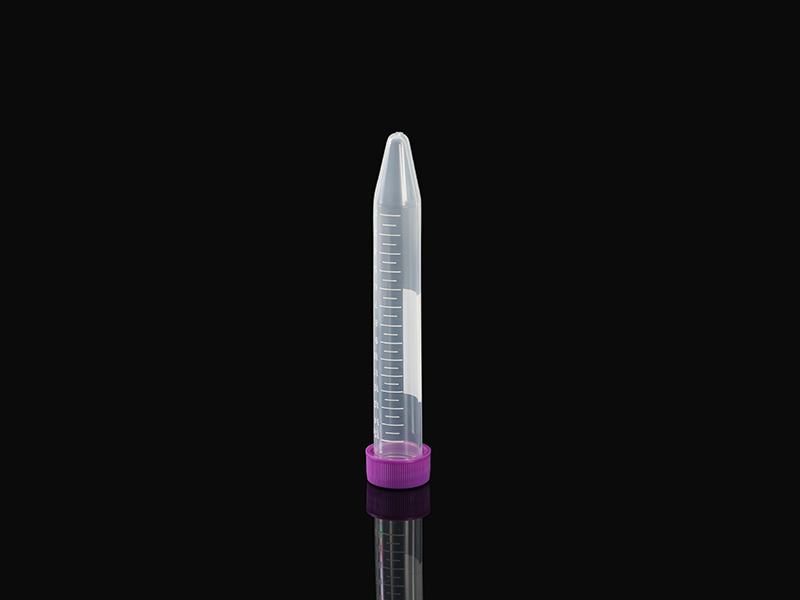The performance and quality of a centrifuge tube can vary widely. The overall quality and performance of a tube depends on a variety of factors. The requirements of a specific lab are the most important factors to consider when purchasing a centrifuge tube. To avoid buying a low-quality product, consider the following factors when purchasing a centrifuge tube. A high-quality centrifuge tube is able to perform several different functions.
Centrifuge tubes are an important consumable for any laboratory. To ensure the high quality of centrifuge tubes, it is important to choose a reputable supplier. Many manufacturers offer samples of centrifuge tubes so that you can test them prior to making a purchase. This way, you can ensure that you have purchased the best centrifuge tube for your research. It is also helpful to check the quality of a specific tube by asking a supplier for a sample before buying.

Moreover, Centrifuge tubes come in different colours. The most common colors are red, blue, and black. Yellow-topped centrifuge tubes have silica particles, whereas white-topped tubes have a gel filled with sodium fluoride and potassium oxalate. These colours also indicate the type of serum that can be tested using a centrifuge. For more information, read the label on your centrifuge tube.
A centrifuge tube is a sterile container used in a lab to spin a sample. The tube can be either autoclavable or non-autoclavable. There are several types of tubes available on the market today. Each one is different. For your experiments, choose a centrifuge tube that is compatible with the chemicals that you need to process. When selecting a centrifuge tube, it is important to check its chemical resistance to ensure that it will not break or become unusable.
Apart from its size, the type of tube you choose depends on your needs. Microcentrifuges are typically made of disposable plastic "microlitre" tubes, which are about 5 inches in diameter. These centrifuges come with a clear carbonate lid that can be used to inspect the 6-place rotor. They are also made of polypropylene and feature a captive plug. The conical tubes have different characteristics.
The size of a centrifuge tube is an important consideration when choosing a centrifuge. Some are small, while others are large. You should select the correct sizing for your sample. When using a centrifuge, it is necessary to choose a tube that can withstand the pressure of centrifugation. If you choose a larger one, you will have to use a different one for each purpose.
The centrifuge tubes are made of polypropylene and are microwave and autoclavable. The microcentrifuge tubes are available in graduated volumes. If you are using the microcentrifuge to prepare and analyze samples, you can choose a microcentrifuge tube with an extra-large capacity to accommodate the sample. The two-ml microcentrifuge tube is the smallest of these two. It has a frosted label for specimen identification. The frosted label is printed with graduated volumes.
It is crucial to choose a centrifuge tube that is right for the job at hand. It is important to choose a tube that can handle the volume of sample that you need to centrifuge. In some cases, the tubes are made of plastic, which makes them durable and sturdy. These tubes should be durable and resistant to heat. Suitable sizes and designs are also available for laboratory rotors.
Microcentrifuge Tubes should be kept in a well-organized box. Purchasing a microcentrifuge storage box is a good idea because it allows you to store 1.5- and 2.0-ml microcentrifuge tubes without the need to sort them by size. The holder should fit into the drawer of a centrifuge and should be durable and easy to transport. It should also be easy to clean and maintain.
PREV:Mingji Filter Pipette Tip NEXT:Types of CryoTubes

 简体中文
简体中文











